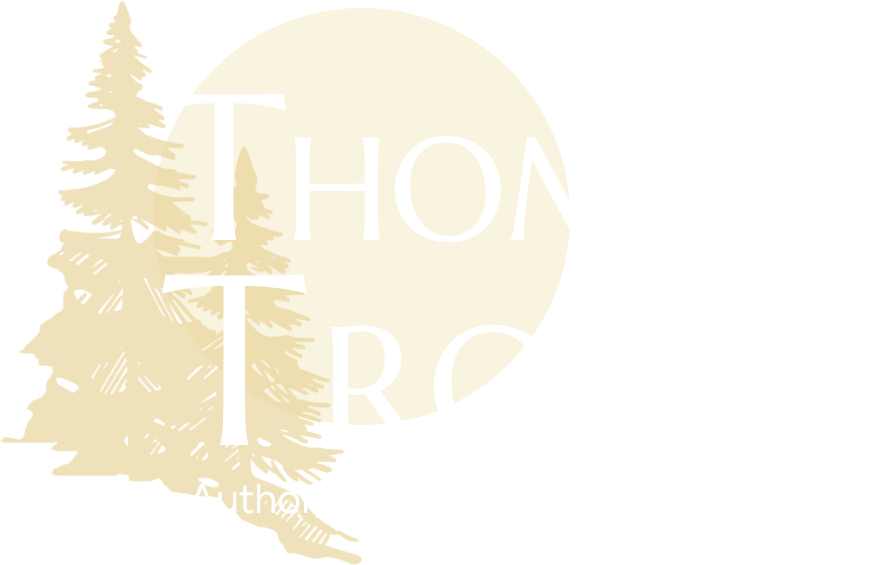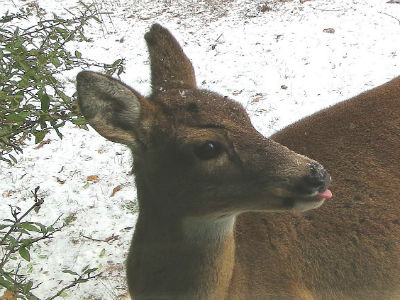He directs the snow to fall on the earth and tells the rain to pour down. Job 37:6
There is a scene in “A Charlie Brown Christmas” where some of the characters discuss trying to catch snowflakes on their tongues. Lucy proclaims that she never tries to catch snowflakes in December. She always waits until January. Linus surveys the falling snow and states that the flakes look ripe to him.
Snow begins in clouds when temperatures are below the 32 degrees Fahrenheit. It is formed when there is water vapor present, and it changes into ice without ever going through a fluid, or liquid phase. Once this crystal of ice has formed, it then absorbs more water vapor and continues to grow. When the resulting snow crystal grows large enough, it then falls from the clouds to earth.
Where there is a thick layer of freshly fallen snow on the ground, sound can get trapped in all the air-pockets that are formed between the snow crystals. This tends to dampen, or lower the volume of sound waves traveling across an area. When snow is packed and glazed over, such as after thawing and re-freezing, it can actually reflect sound waves and cause them to seem louder and travel farther. It is a condition similar to sound traveling across water. Perhaps you’ve been a long distance from people who are in a boat on a quiet lake – and you’ve noticed you can hear parts of their conversation as if they were close by.
Snow tends to reflect, not absorb, sunlight. Each color that we see has a different wavelength. When all the wavelengths are seen together, we see white light. In general, snow reflects all these wavelengths to us. That gives them a uniform, white appearance.
I captured the above picture from our dining room window. I took the photo during a light snowfall in December, of all months. I’m not sure this deer was attempting to catch a snowflake on her tongue, but who knows? Still, living outside, she ought to know if they’re ripe or not.
Perhaps Linus was right after all.
Have a great day.


 Snow Squirrel
Snow Squirrel
Leave a Reply